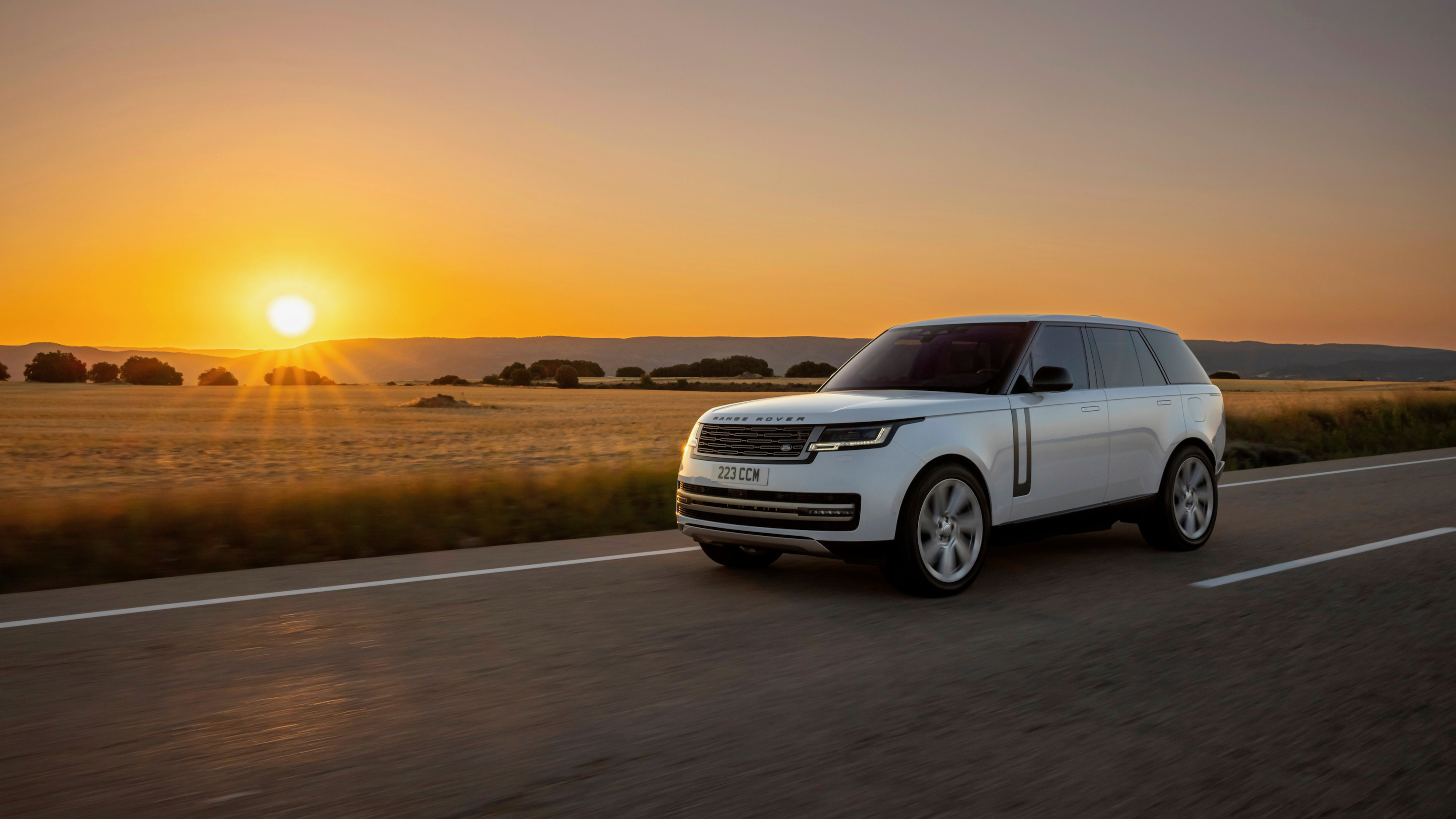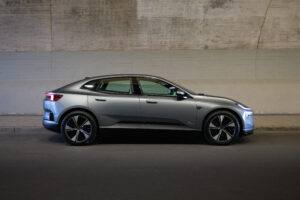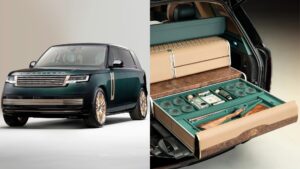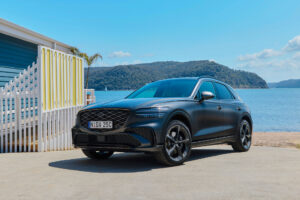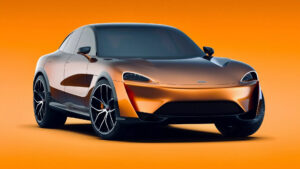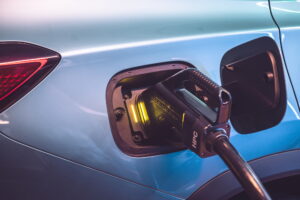In 2018, I traveled to the UK to drive the blisteringly quick Range Rover Sport SVR, and at the other end of the spectrum, the first Range Rover plug-in hybrid electric vehicle (PHEV). Of course, all the talk was about the 5.0-litre Supercharged V8 which we enjoyed at speeds of 250km/h at JLR’s Gaydon Proving Ground, but it was the PHEV that left a lasting impression on me.
A stately Range Rover that you could be used in pure electric mode for around-town jaunts, for up 50km – sounds like a compelling offering, and it was. The Si4 (2.0-litre four-cylinder turbocharged Rangie with 85kW electric motor) arrived in Australia in a single Vogue specification in mid-2018 and was priced at $210,000, just above the V6 petrol and diesel models. Given there’s not a single one for sale in the used market, I’d be surprised if they accounted for even a few percent of the brand’s overall volume since launch.
Unperturbed, Land Rover has followed the wider market towards an electric future, and I’m pleased to say that it is iridescent. My recent trip to Spain to drive the new Range Rover Sport and Sport PHEV – and what is now known simply as ‘Range Rover’ – in the PHEV guise, further cemented my feelings about a powertrain that delivers equal parts in driving, efficiency, and sustainability pleasure.
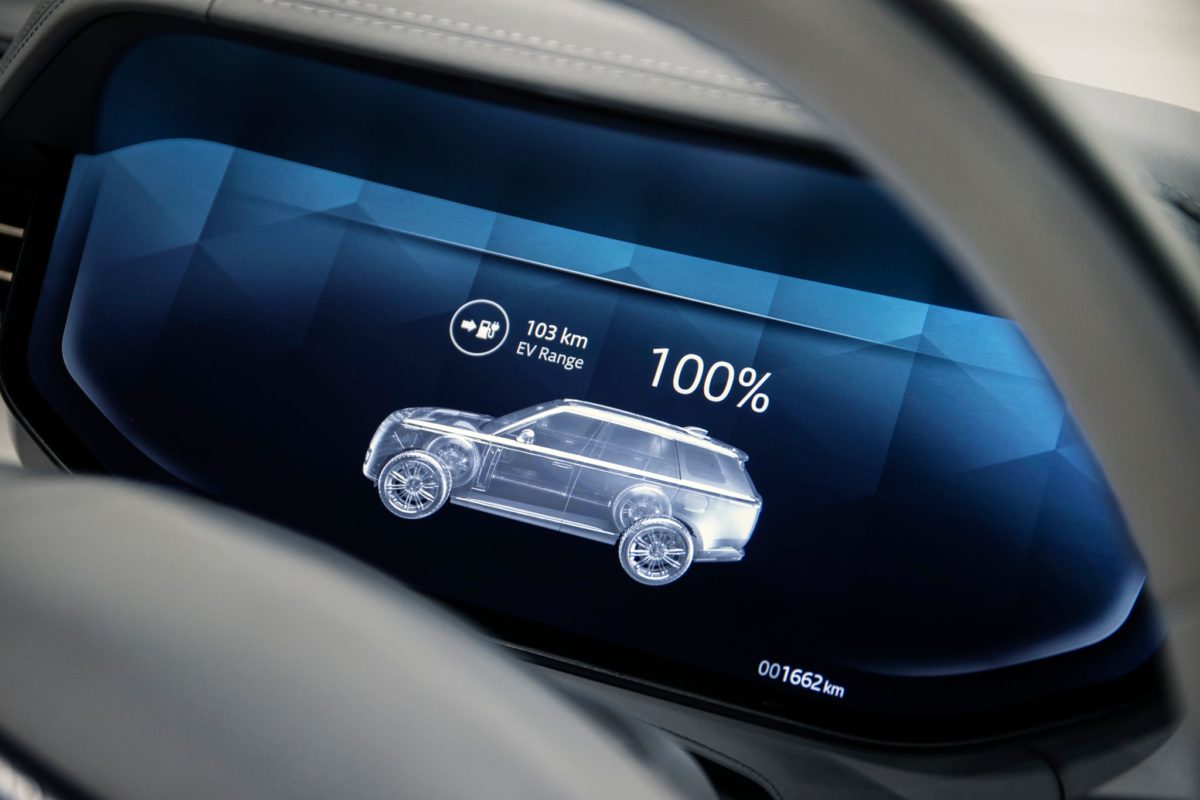
The new Extended-Range Electric Hybrid P510e powertrains are surely the answer conscious Range Rover customers seek, combining Land Rover’s in-line 3.0-litre six-cylinder Ingenium petrol engine with a 38.2kWh lithium-ion battery – with 31.8kWh usable battery capacity – and a 105kW electric motor integrated with the transmission, with 50kW DC rapid charging capability.
This combination provides a NEDC EV range of up to 125km with an expected real-world range is up to 88km and a combined fuel economy of up to 1.6 l/100km with overall CO2 emissions lower than 37g/km. In comparison, the V8 runs at over 11.0 l/100km, with CO2 emissions sitting at a whopping 275g/km. Buyers of $300,000 Range Rovers might not be phased by the fuel costs but I wonder how long it will be before their impact on the environment weighs heavy.
According to Range Rover UK customer data, customers will be able to complete 75 percent of their daily journeys in EV mode with the PHEV, without needing to charge away from home. Better yet, they can do it without compromise. It’s not just as good as its combustion counterparts, I’d argue it is better. Why?
Silence.
Combined with the brand’s Active Noise Cancellation system which monitors wheel vibrations, tire noise, and engine sounds transmitted into the cabin and generates a canceling signal played through the audio system’s 35 main speakers – it is absolutely serene as a passenger. And isn’t that exactly what the patriarch Range Rover is about? I mentioned Rolls-Royce briefly in my overview of the two cars, but this PHEV offers a similar experience, leaving the car more relaxed and rejuvenated than when you got it, and that’s truly remarkable.
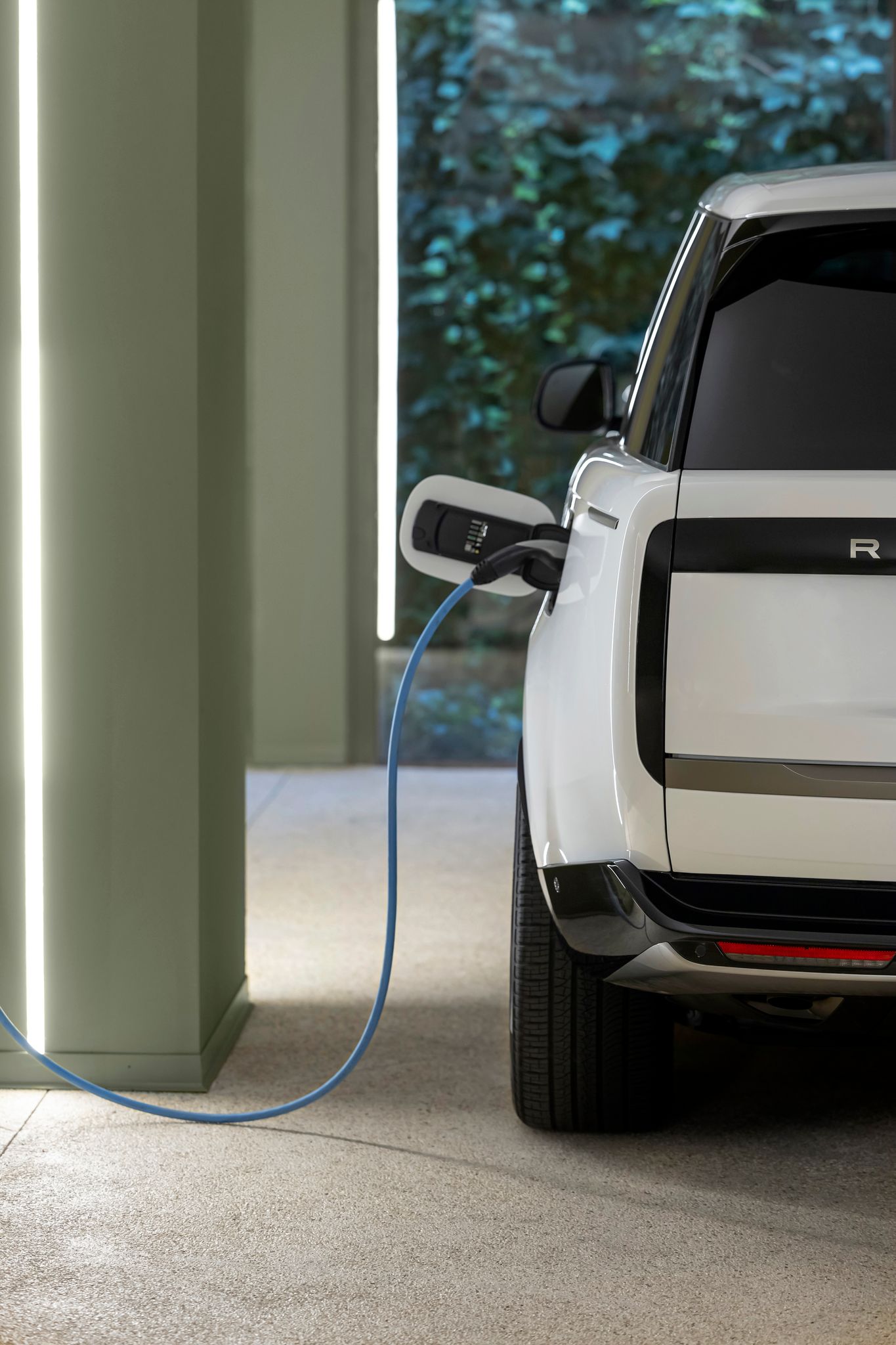
In the world of modern motoring, luxury is tranquility, and you can now have it in both Range Rover Sport and Range Rover. While I suspect the uptake won’t be as prolific in Sport – aimed at a more exuberant buyer – I can assure you the drivability is as rewarding as the First Edition V8. In the Range Rover, it is a combination that makes incredible sense, and paired with today’s EV infrastructure, profoundly more usable than it was in 2018.
In Autobiography spec, it’ll still set you back north of $300k, just $5k shy of the V8 in the same spec, but what I love most about the PHEV is that it’s no longer a contradiction of itself – a V8 trying to balance soundtrack with serenity. It goes about the exact same business but does so more efficiently, more sustainably, and in my opinion more effectively.
Buyers can choose the following plug-in hybrid powertrains: the Range Rover Sport Dynamic HSE PHEV 510e ($198,097) or the Range Rover SE PHEV 440 ($236,076), HSE PHEV 510 ($270,272) or top of the line Autobiography ($301,687).
